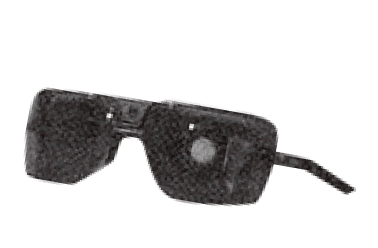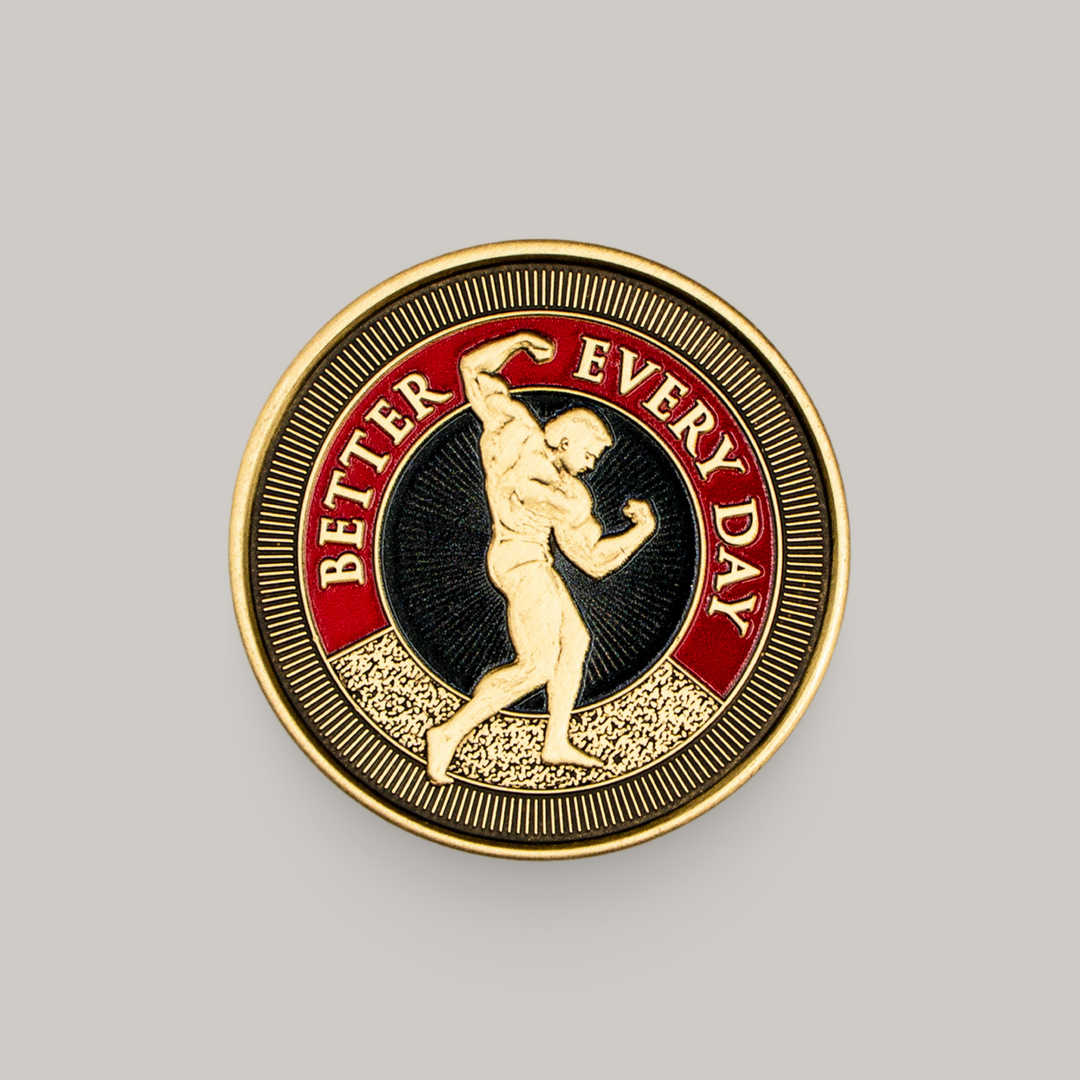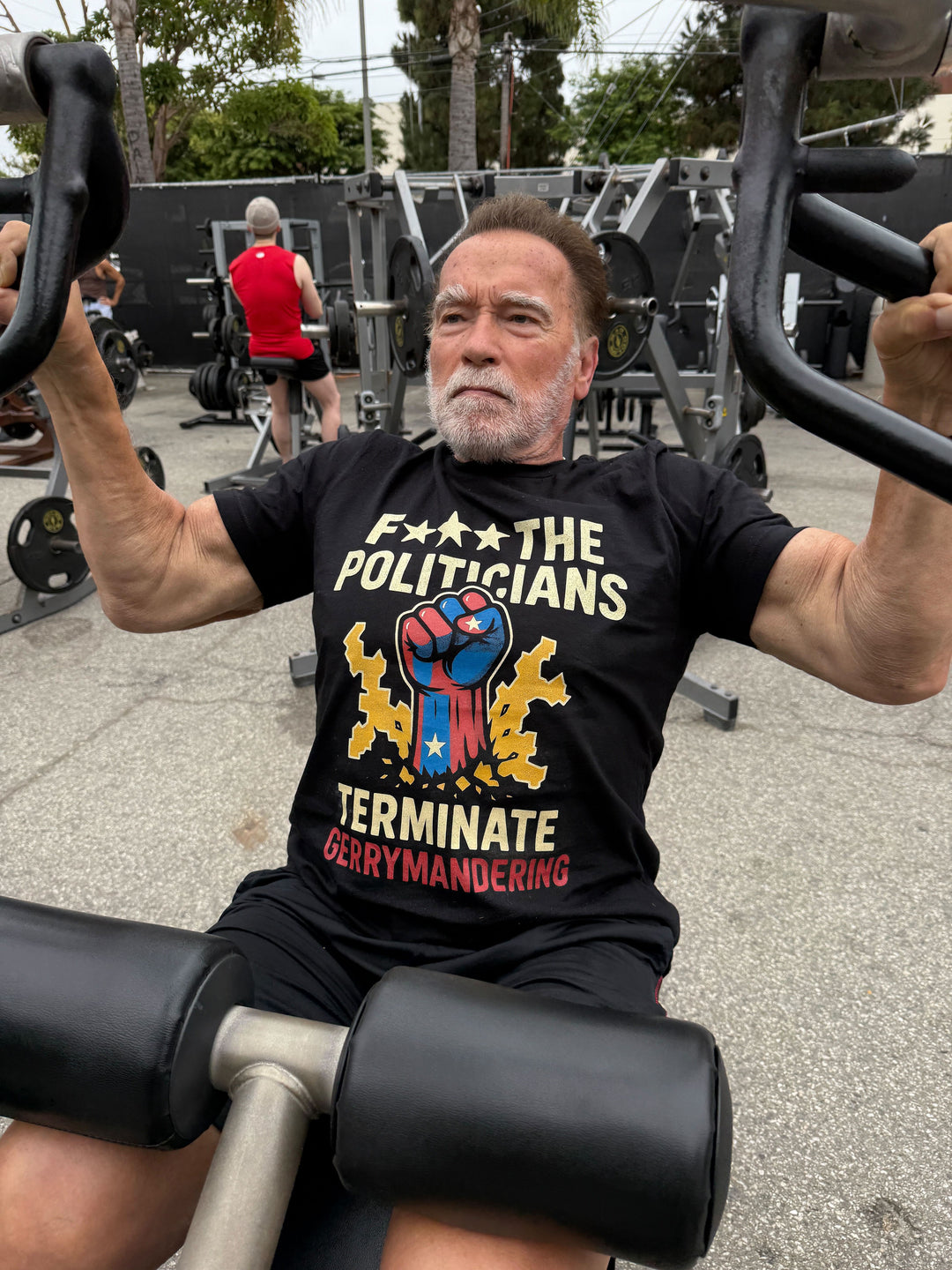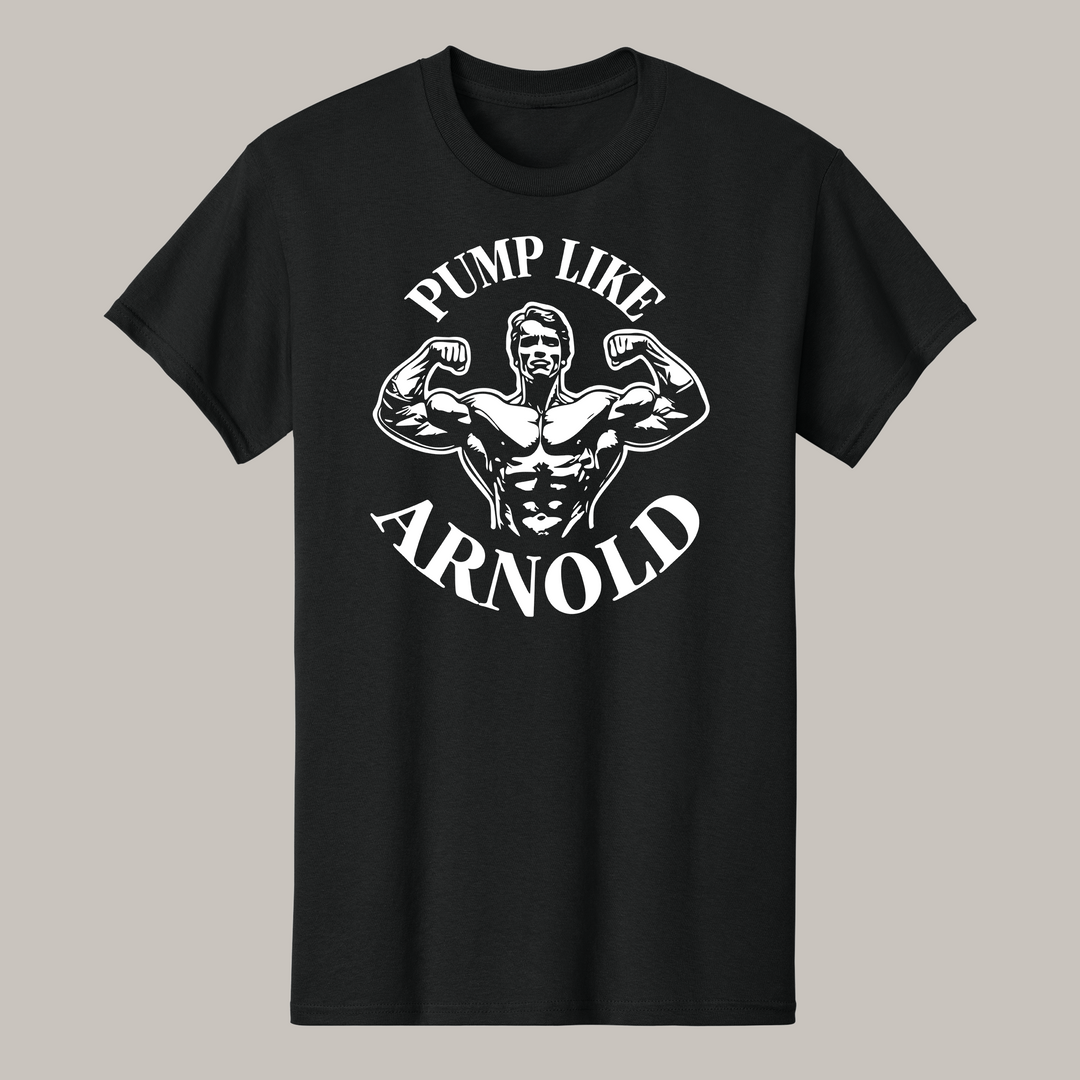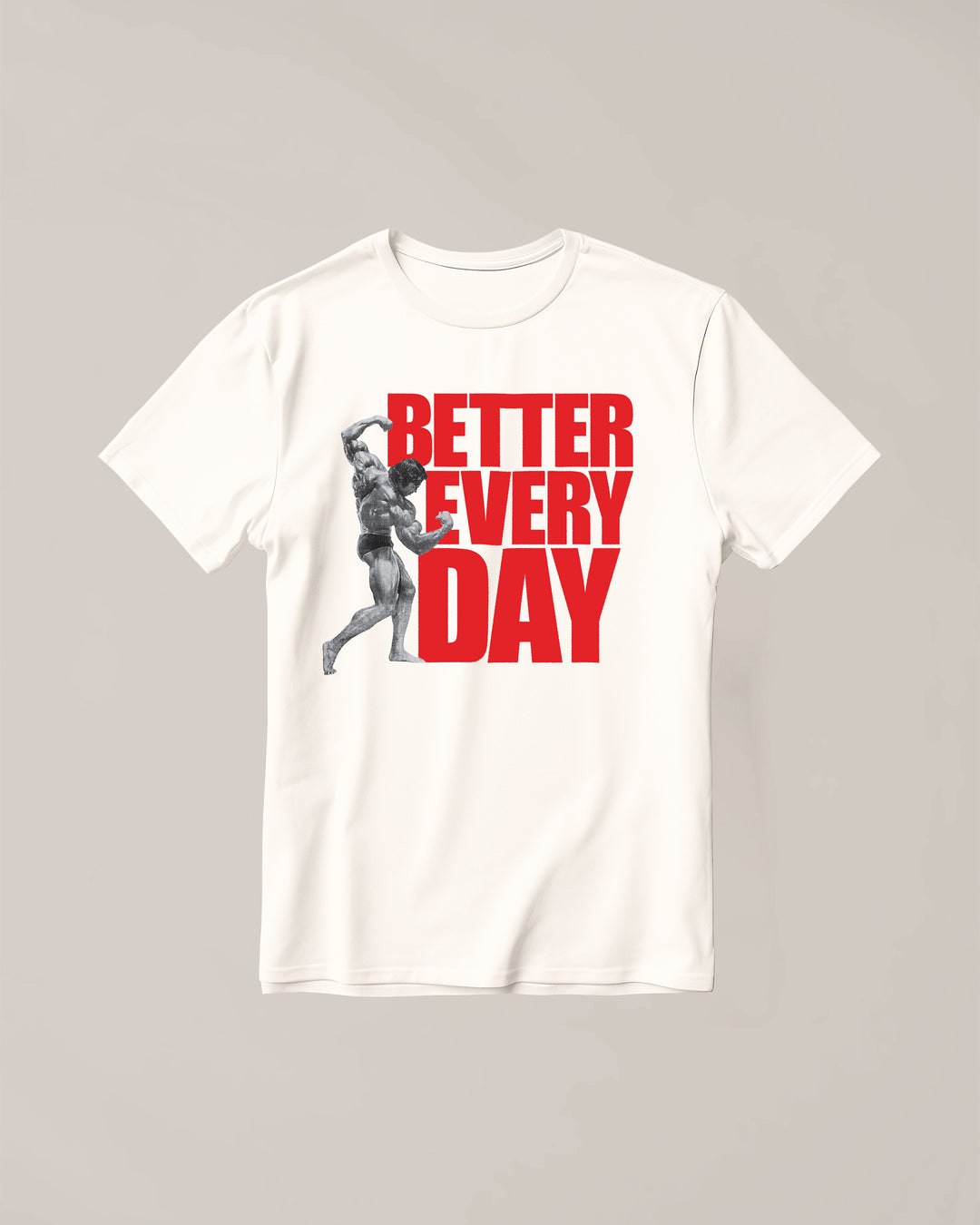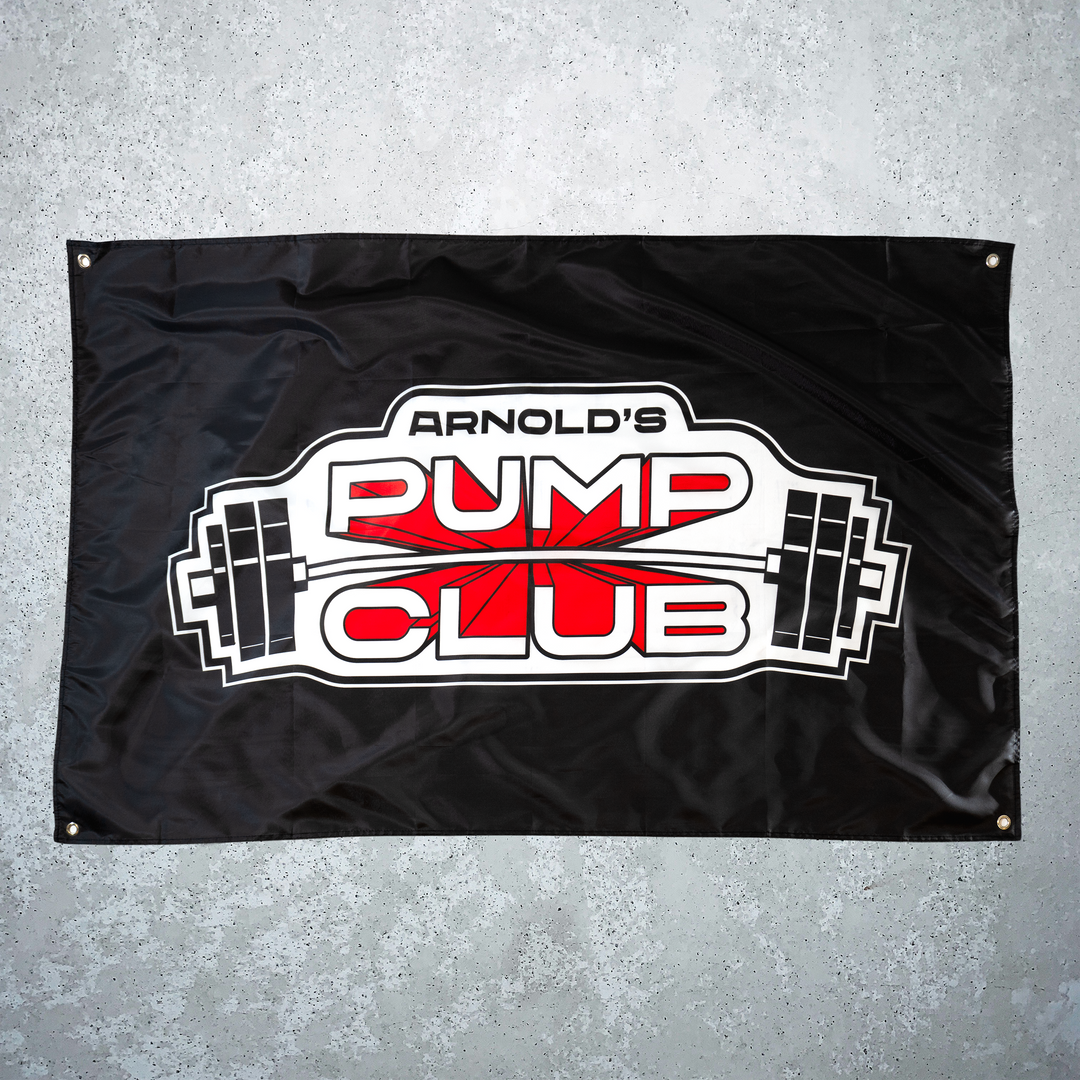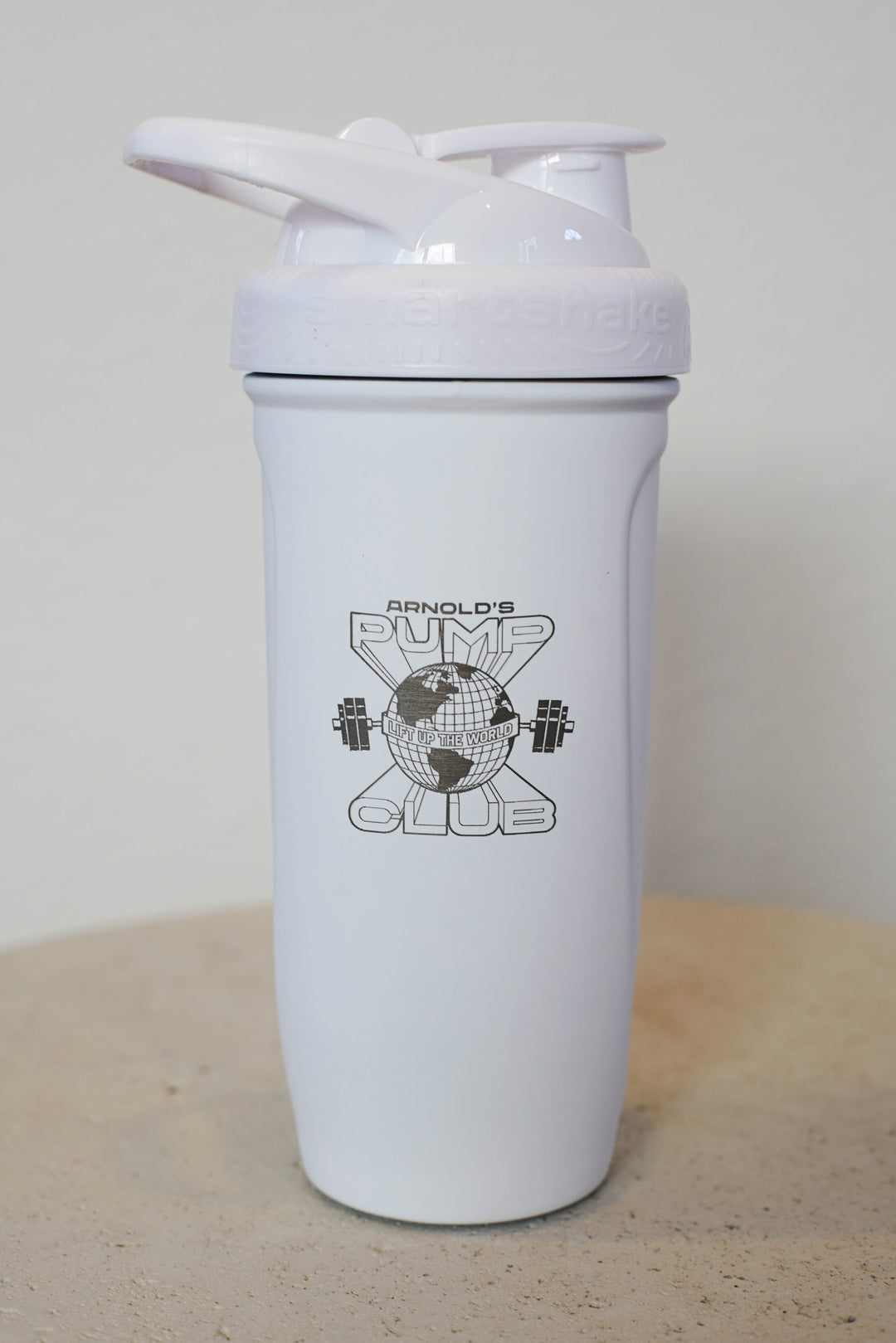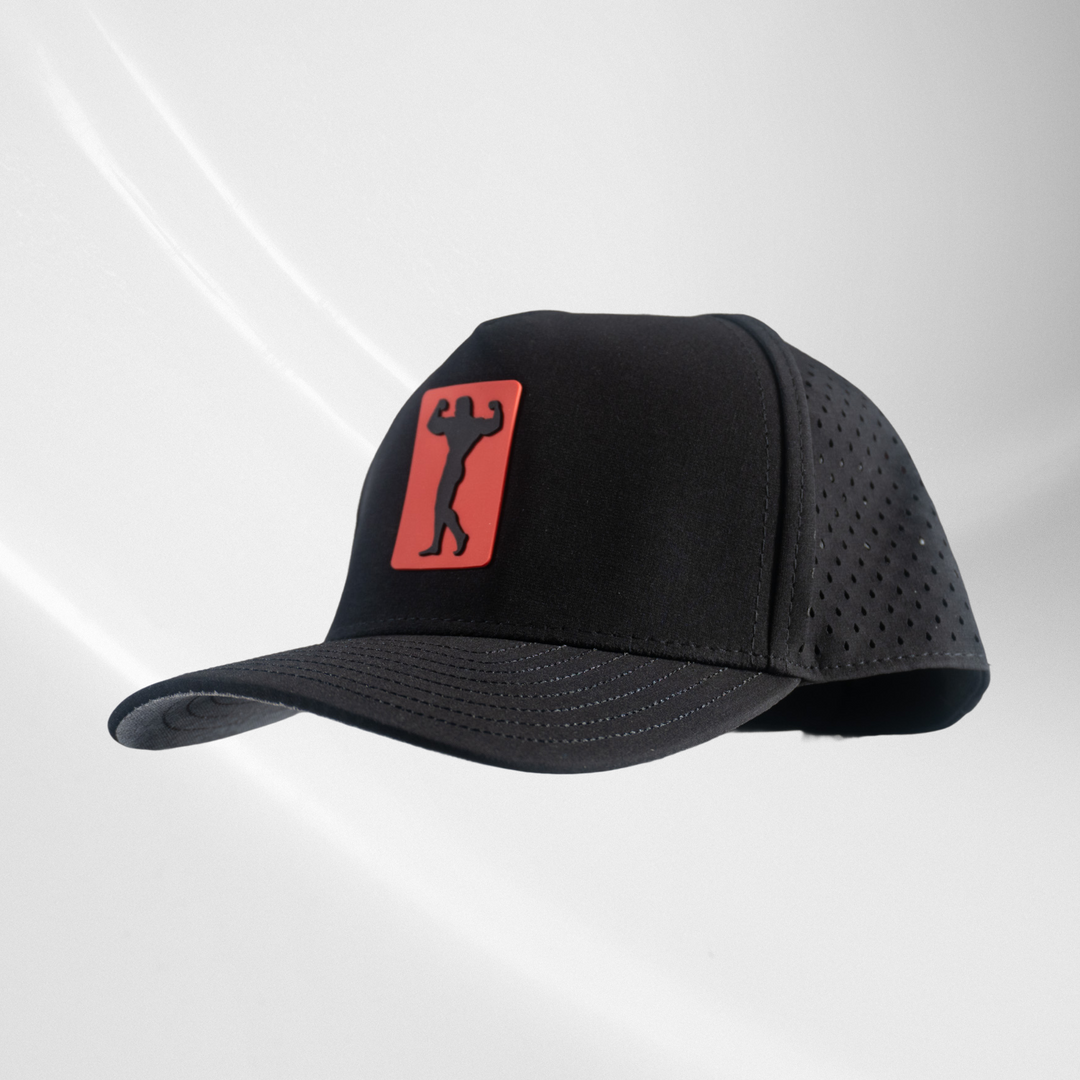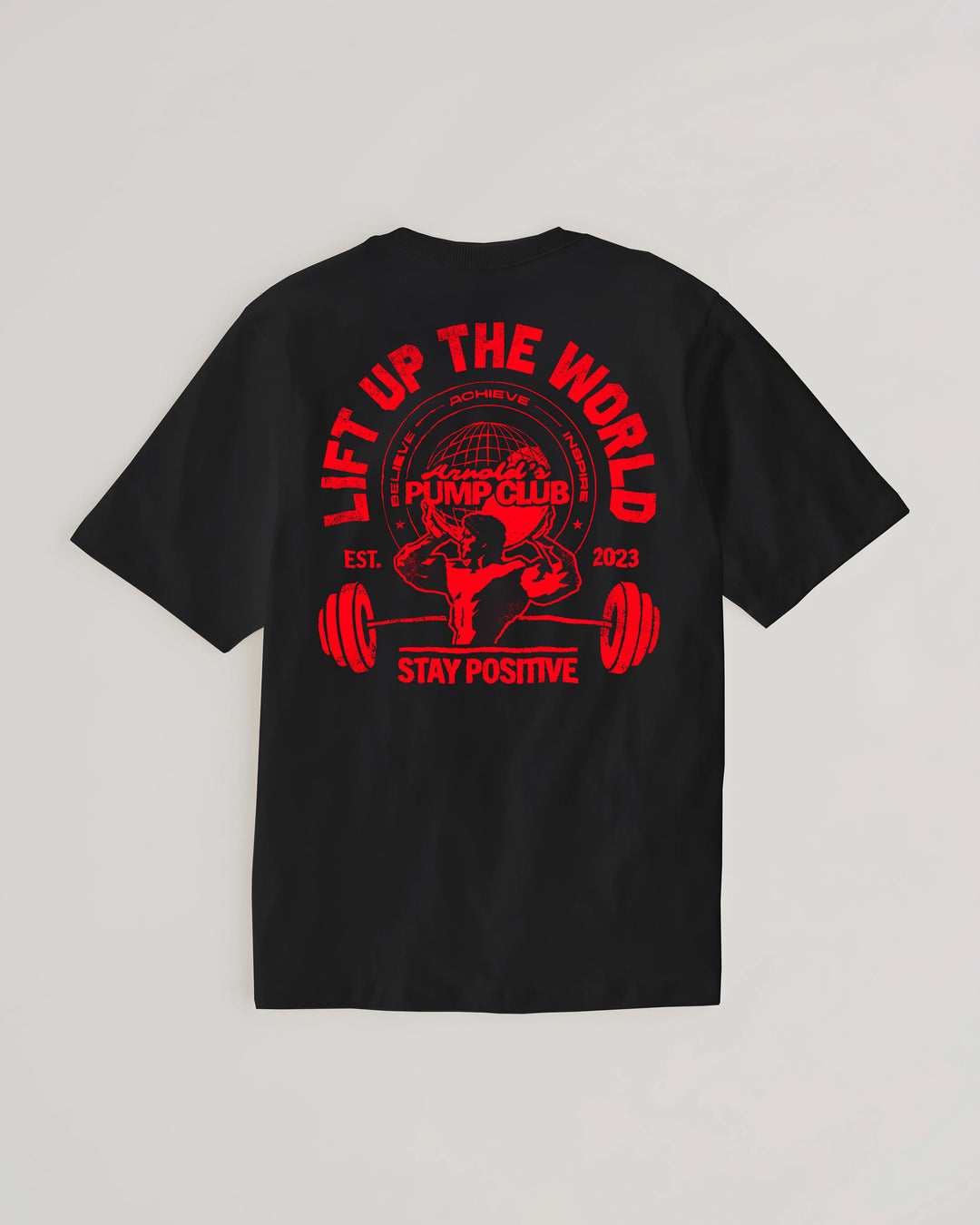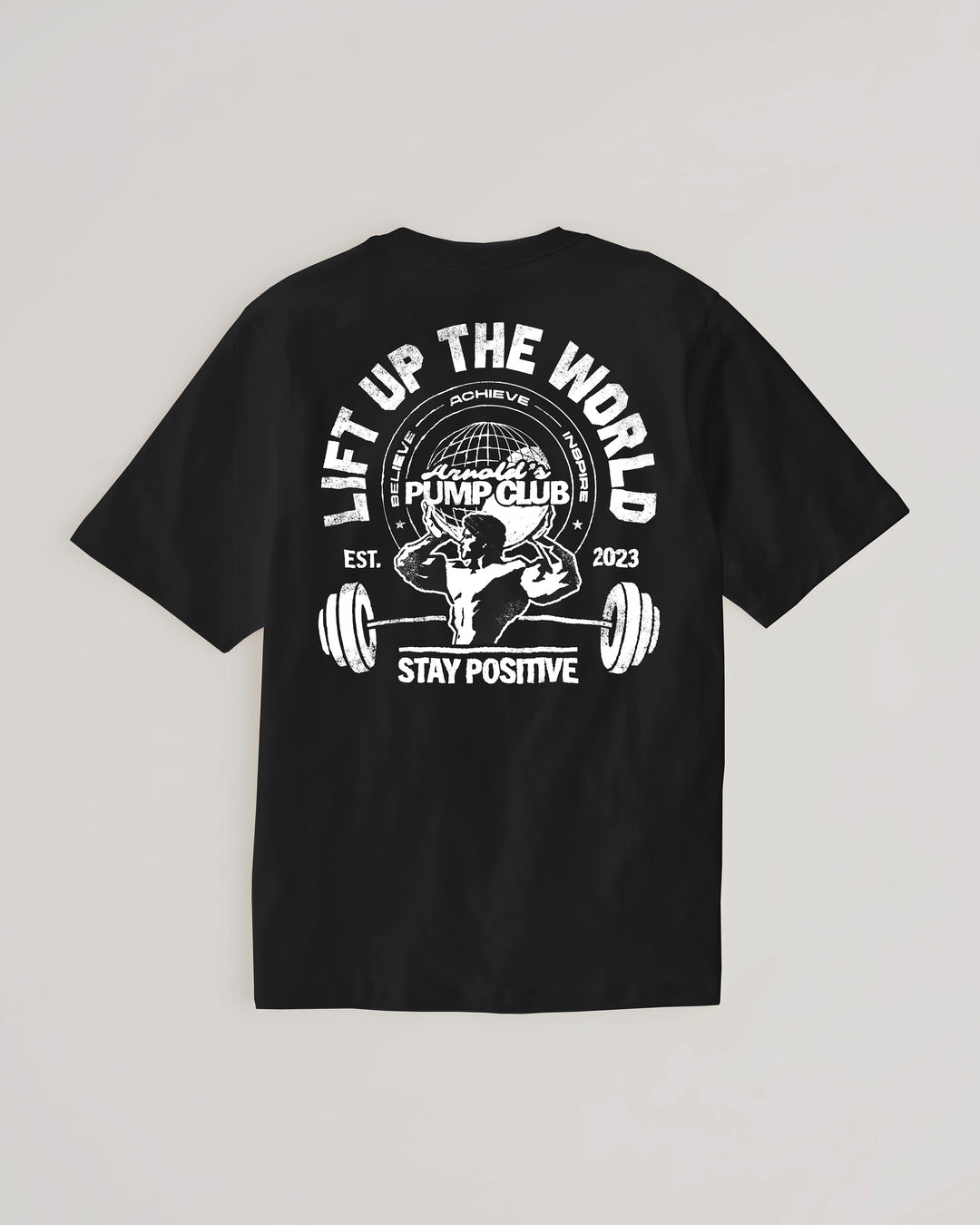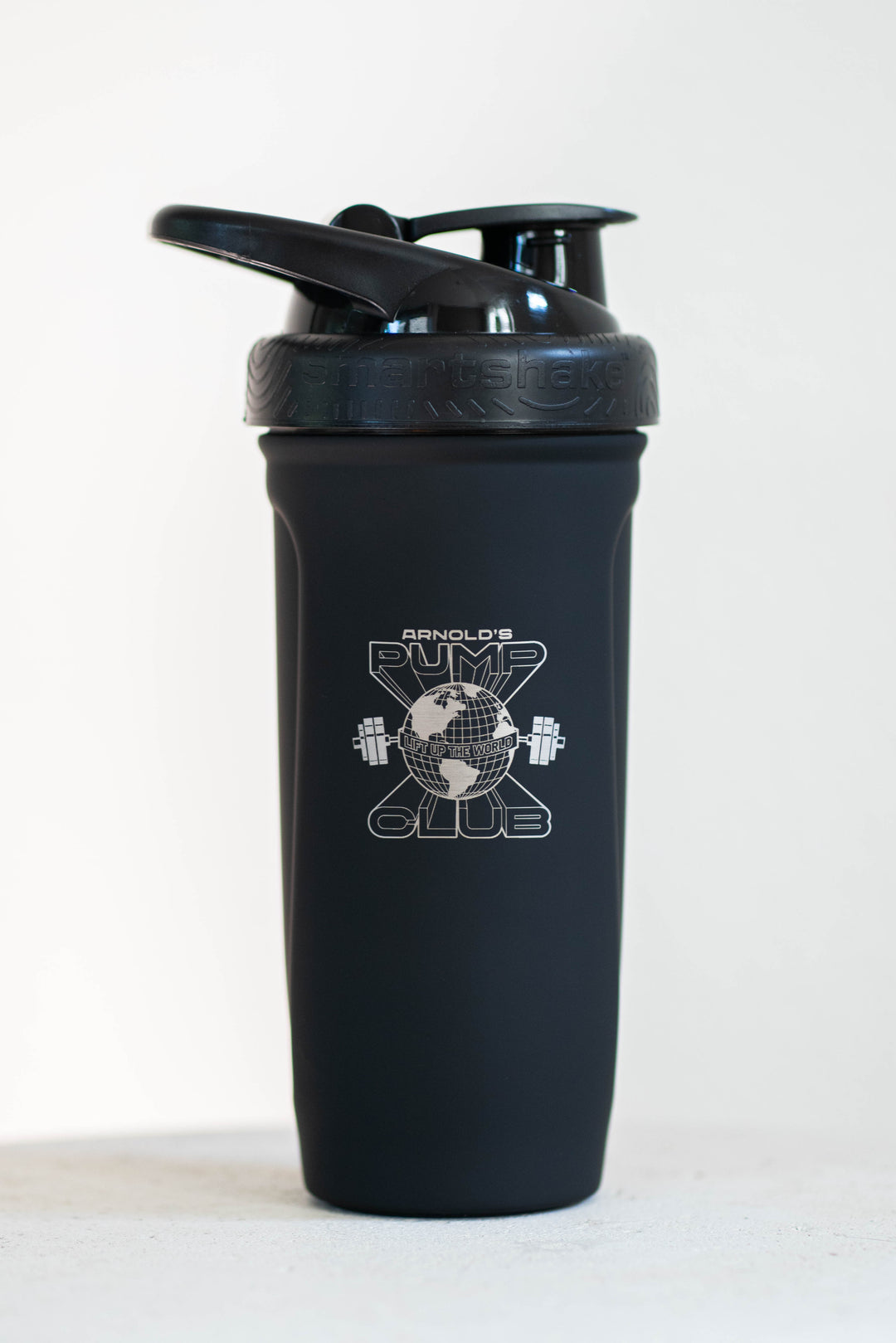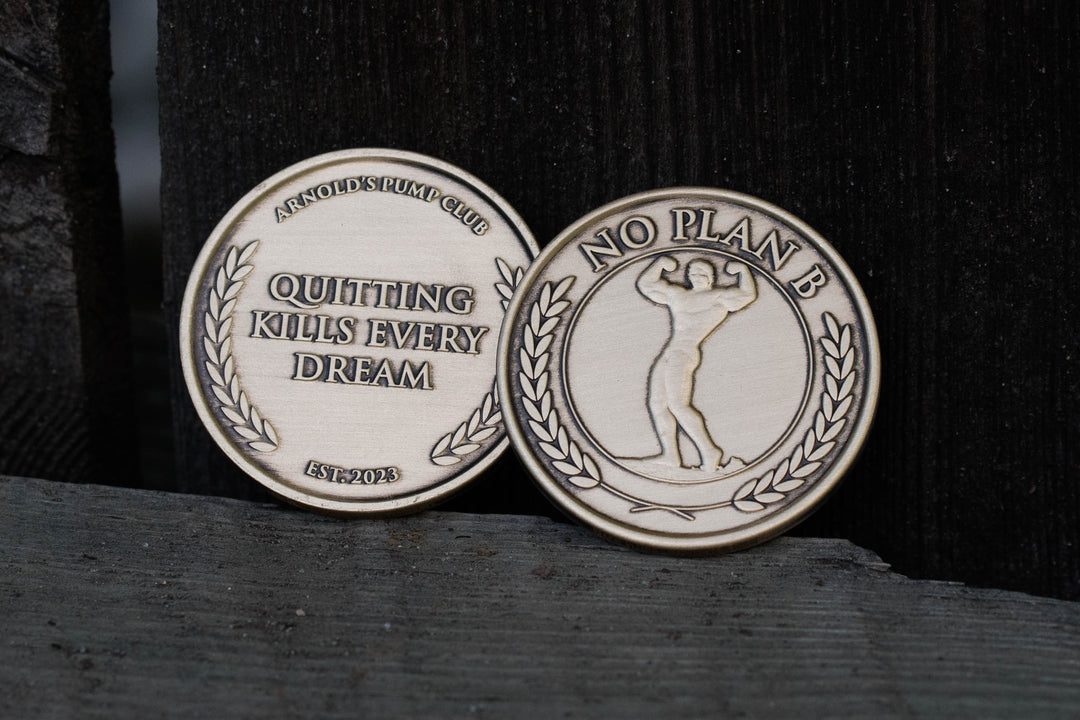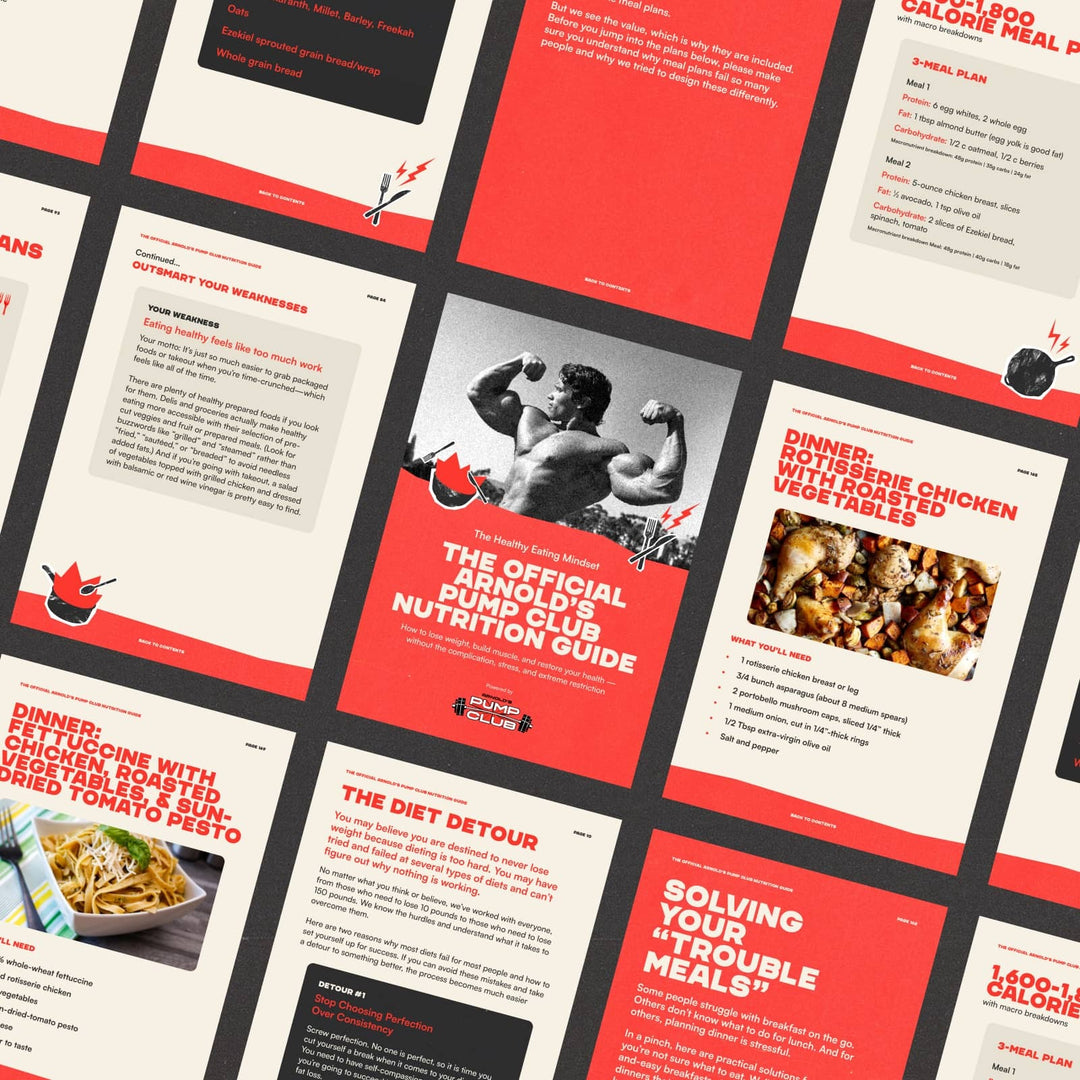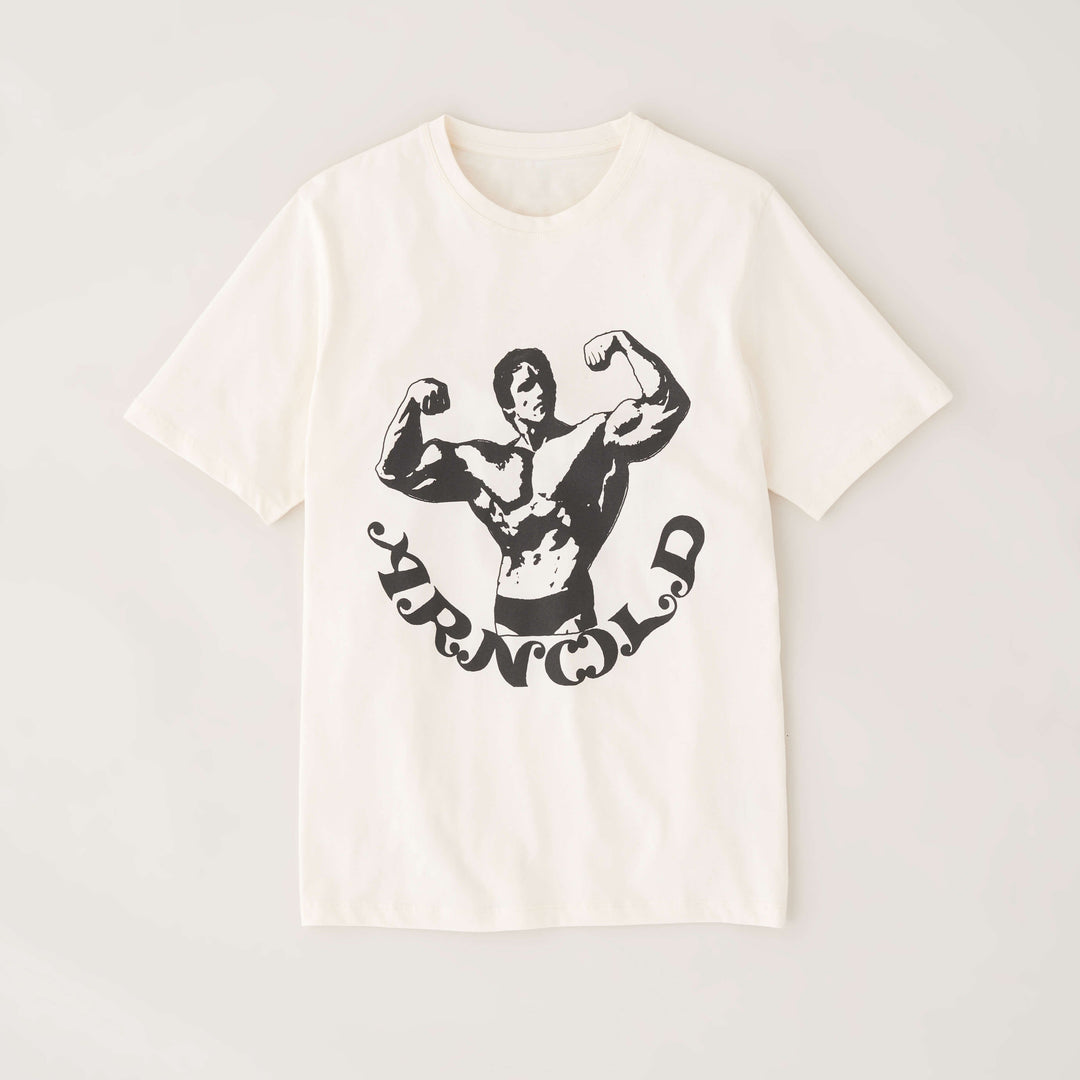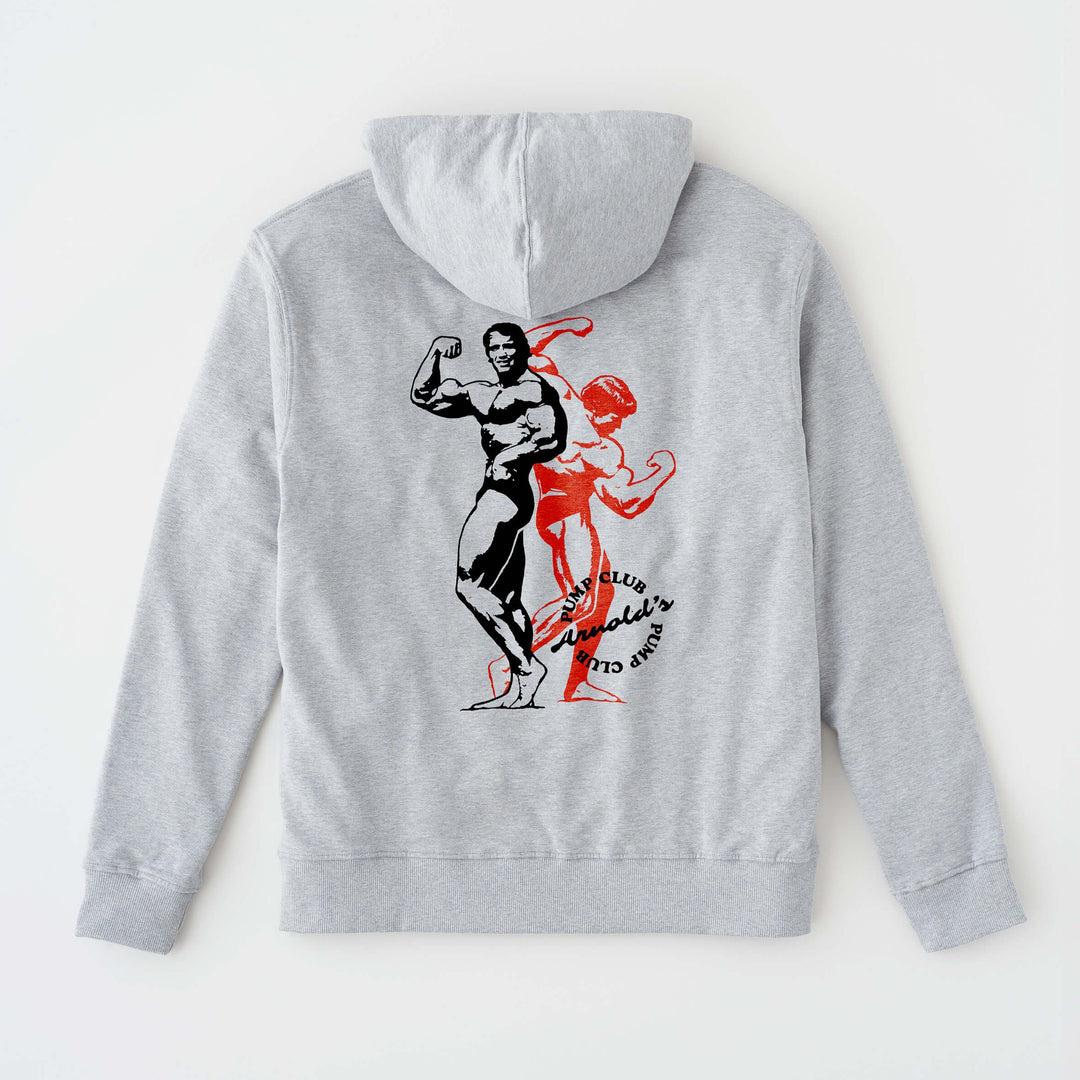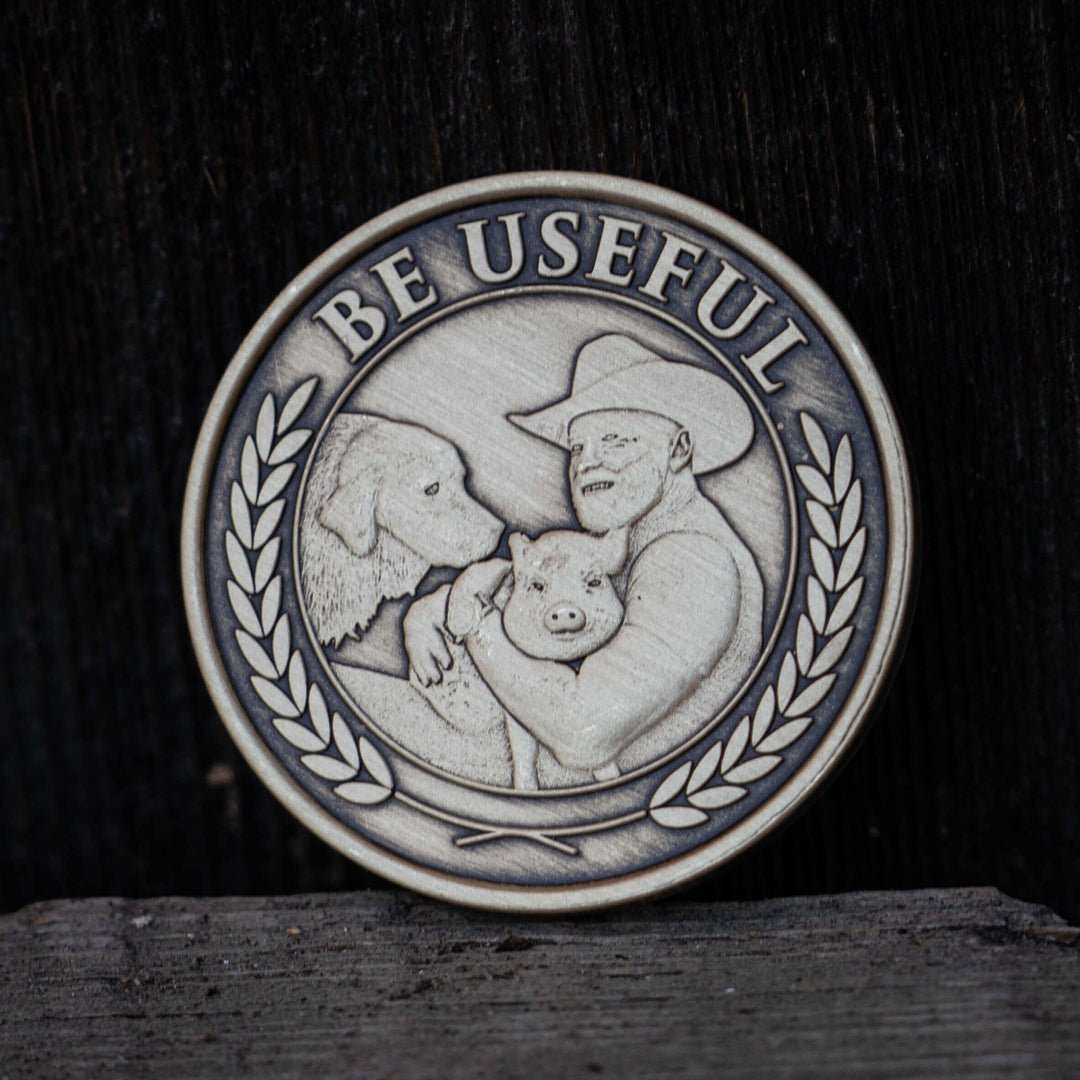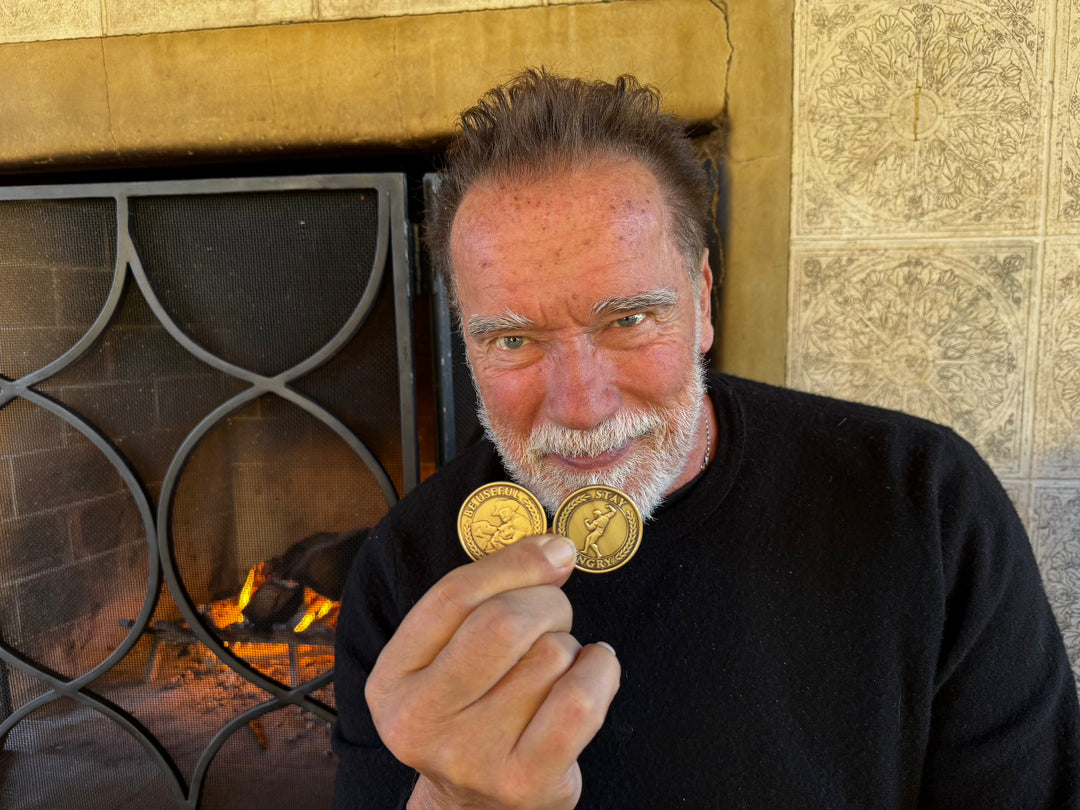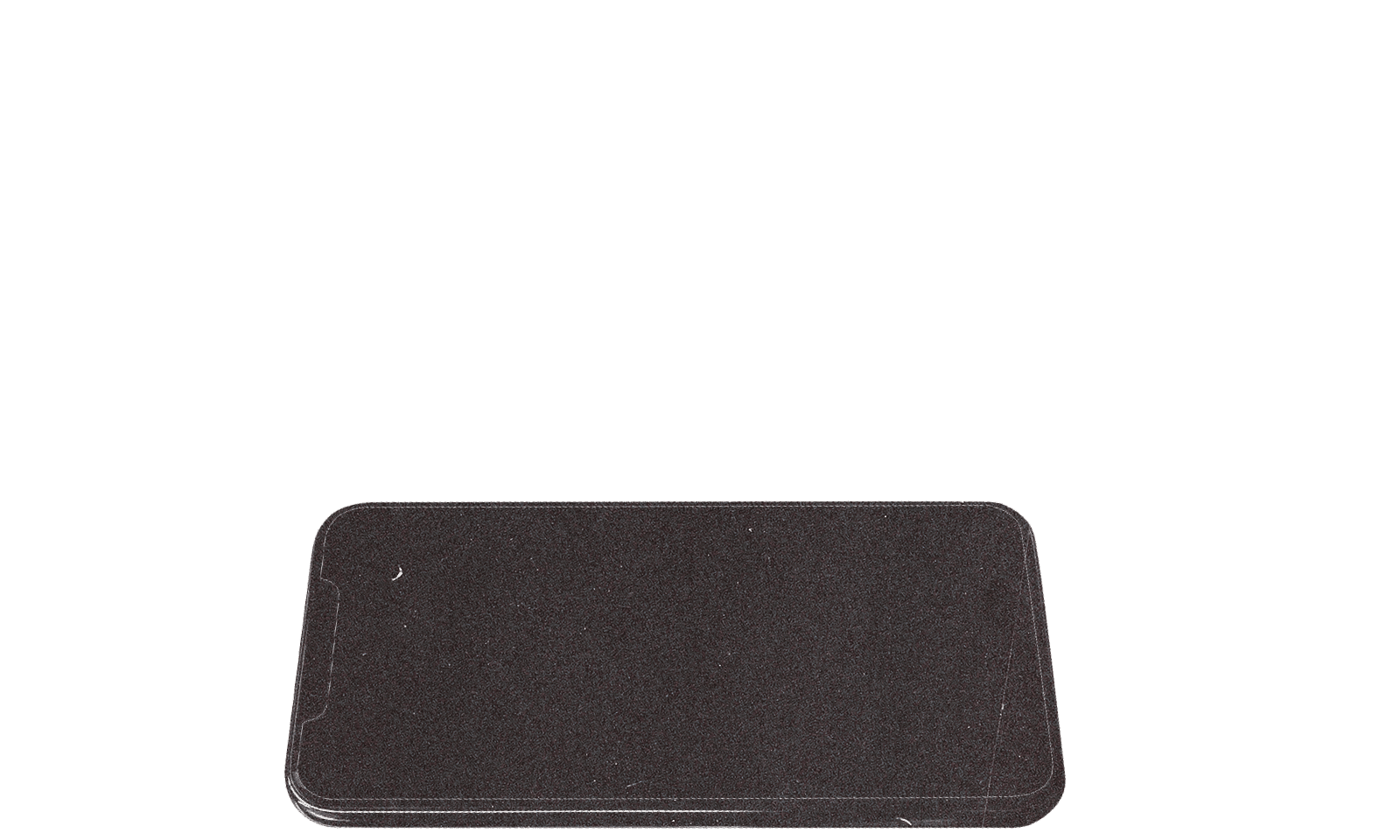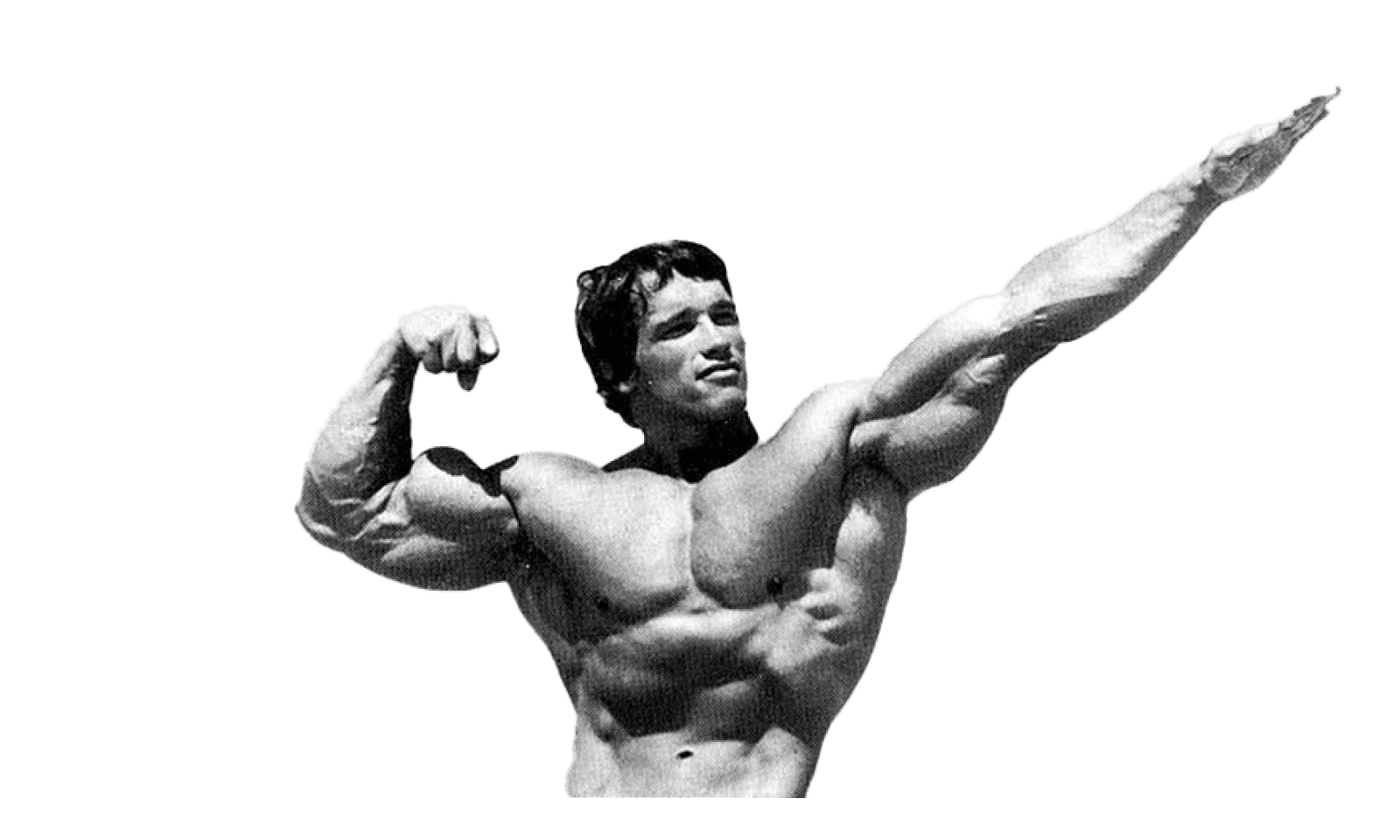Welcome to the positive corner of the internet. Every weekday, we help you make sense of the complex world of wellness by analyzing the headlines, simplifying the latest research, and providing quick tips designed to help you stay healthier in under 5 minutes. If you were forwarded this message, you can get the free daily email here.
Today’s Health Upgrade
Did you know?
Monday motivation
The 1-degree difference
How many steps do you really need to live longer?
Workout of the week
Better Every Day
Did You Know?
As an APC reader, you get exclusive discounts you can’t find anywhere else. And that includes discounts on products that are not official partners.
Today, you can find a deal for up to $700 off the 2024 Reader’s Choice for product of the year. And all APC readers receive 20% OFF an annual subscription to The Pump Club app. Just enter the code APC at checkout, and enjoy your 7-day free trial.
If there are other products or services you’d like us to review, please reply to this email and let us know.
Arnold’s Corner
Monday Motivation: Don’t Cheat Yourself — Go All the Way
People always ask me for life advice. They want to know how to stay motivated, build discipline, and keep going when things get tough. And I love talking about that because everything I’ve learned in life, I first learned in the gym.
But today, we’re going back to basics. No philosophy, no motivation hacks, no fancy routines. Just pure, simple fitness advice. Because the truth is, every lesson I’ve shared about success, focus, and discipline started with the iron.
It started with the most basic rule of all: every exercise, when done with a full range of motion, is a stretch and a flex.
That’s it. That’s the foundation of all good training, and you will find out it’s the foundation of all growth in life. But you can start learning this lesson right now in your next workout.
When you squat all the way down, you stretch your muscles, and then you flex them to stand tall. When you do a pull-up, you stretch your lats at the bottom and flex them at the top. When you do push-ups, dips, curls, lunges — it’s always the same story. A stretch and a flex. You go all the way down, and you go all the way up. That’s how you build strength, balance, and control. That’s how you stay connected to what you’re doing.
That’s why we’ve shared studies showing that resistance training does as much for flexibility and mobility as full stretch routines. Every exercise is a full stretch when you do it right.
Too many people forget this simple truth. They load the bar too heavy, they cut the range short, they rush through the set. They move the weight, but they don’t feel the muscle working. And when you do that, you’re missing the entire point. You’re not cheating the weights; you’re cheating yourself.
I always see guys at Gold’s Gym doing half-rep benches or quarter squats, and I tell them: The bar doesn’t care how much weight you stack on it. The only thing that matters is how much effort you put in.
That’s why I always trained with complete focus. I wasn’t thinking about my next set, or my next meal, or my next movie line, or my next meeting. My mind was always inside the rep I was doing. Total concentration. That’s what people mean when they talk about the “mind-muscle connection.”
You have to live inside the movement. Feel the stretch, control the flex, squeeze at the top. That’s how you get results. That’s how you grow.
Every rep, when done right, is a form of meditation. You’re not escaping the moment or just getting through it to get to the next thing — you’re mastering the moment.
And here’s the beautiful part: this simple rule applies to everything.
If you train yourself to go all the way down and all the way up in the gym, you’ll start going all the way in life. You’ll stop doing half efforts. You’ll give your full attention to your work, your relationships, your goals. You’ll realize that shortcuts never build real strength. Full effort does.
When I was building my body, I was also building my mind. The discipline to do a perfect set — to feel every inch of a rep — is the same discipline that helped me build a career, serve as governor, and face every challenge in life. Because if you can focus on one rep, you can focus on anything.
So this week, forget about numbers and ego. Go back to the basics. In the gym, give me full range of motion: full stretch, full flex, full focus. Don’t cheat the rep. Don’t cheat yourself.
You might even want to cut your weights in half and just really slow down that stretch to a 3-second count to feel every inch, and then when you come back up, stop at the top and squeeze that flex. I know every single person I’ve asked to do this in the gym has looked at me like they have just had an epiphany—with their eyes wide open, they finally realize what really doing the exercise means.
And outside the gym, bring that same mentality.
Don’t live a half-rep life. Be fully present. Go all the way in everything you do.
Because that’s where the real growth happens — in the gym, and everywhere else.
Now get out there and make every rep, and every moment, count.
Together With Eight Sleep
The 1-Degree Difference
You know that feeling when you can’t seem to fall or stay asleep? Most of us fight the same nightly battle: we fall asleep hot, wake up cold, toss, turn, and wonder why we’re still tired. The truth? Even one degree off your ideal sleep temperature can wreck recovery, lower your heart rate variability, and cut into your deep sleep.
Your body needs to cool down to fall asleep and stay asleep. And the better you do at supporting that natural temperature drop, the more you’ll improve deep sleep, REM, and recovery.
In controlled lab studies, lowering core body temperature by just 0.2°C increased deep sleep by 36 percent, and another study found that a cooler bed helps you fall asleep faster and improves REM.
About two hours before bed, your core body temperature begins to fall by 1 to 2°F (0.5–1°C). That drop signals your brain that it’s time to sleep. When you help that process by cooling your room or choosing breathable bedding, you reinforce your body’s circadian rhythm and make it easier to reach deep, restorative sleep.
Research shows that keeping your sleeping environment around 65 to 68°F (18-20°C) helps most people fall asleep faster and stay asleep longer. In one study, adults sleeping on a temperature-controlled mattress gained an extra 14 minutes of deep sleep (a 22% boost). They also saw a 7% improvement in heart rate variability, which is a key marker of recovery.
Scientists believe this works because cooler temperatures reduce your metabolic rate during deep sleep, enhance blood flow to the skin to dissipate heat, and keep your circadian rhythm on track.
If you want to apply the research tonight, here are a few tips that might help:
Set your room to 65-68°F and use breathable bedding.
Take a warm shower an hour before bed—the post-shower cooling effect helps your body wind down.
Keep it cooler in the first half of the night, then allow a slight warm-up toward morning.
Or, you can hit the easy button and get the Eight Sleep Pod. It’s not just another mattress add-on; it’s a system that automatically adjusts your temperature as you move through each sleep stage. Cooler when your body needs deep recovery, warmer when it’s time to restore and recharge.
The Eight Sleep pod automatically regulates temperature on each side of the bed, learns your sleep patterns, and even helps reduce snoring. It’s clinically proven to deliver up to one extra hour of quality sleep per night.
Last year, when we asked our readers about their favorite purchase of the entire year, Eight Sleep won, and for good reason. As Pod owners ourselves, we can confirm: it doesn’t just make you more comfortable; it changes how rested and focused you feel every morning.
And right now, you can experience it for the lowest price ever. For a limited time, APC readers can get up to $700 off the Pod 5 Ultra when you use the code “PUMPCLUB”. And it’s risk-free. Try it and if you’re not happy, you can return it within 30 days and get a full refund. Plus, it’s FSA/HSA eligible.
If you’ve been waiting for a sign to invest in your recovery, this is it. Because nothing powers your workouts, your mind, or your life like real, restorative sleep. Access your special $700 discount here.
Start Your Week Right
How Many Steps Help You Live Longer? It’s Less Than You Think
You’ve probably heard that 10,000 steps a day is the gold standard for health. But a new analysis of more than 100,000 people suggests you can reap nearly all the same benefits with far fewer steps.
Just 4,000 steps a day (about a 30-minute walk) can cut your risk of early death by more than one-third.
Researchers analyzed 57 studies tracking adults over time to find the “sweet spot” where daily movement most powerfully improves health.
Compared to taking just 2,000 steps a day, people who averaged 7,000 daily steps had a 47% lower risk of heart-related death and 37% lower cancer mortality.
The benefits were most dramatic between 2,000 and 7,000 steps per day, meaning that’s where you see the steepest drop in disease and mortality risk. Beyond 7,000 steps, improvements continued but at a slower pace. Even those who only added 2,000 extra steps (going from 2,000 to 4,000) saw a 36% lower risk of death, proving that every bit of movement matters.
Walking continues to be one of the best ways to increase your likelihood of a longer life. And while 10,000 steps (or more) is a great goal, you don’t need that much to experience significant benefits.
Your best move: start where you are and raise the bar. If you average 2,000 steps, add one short walk after lunch or dinner, and you could hit the 4,000-step foundation. If you’re already at 4,000, add that walk to reach 6,000.
In wellness, where so many claims are overstated, walking is an action where literally every step counts. So get out, and squeeze in an extra walk today.
Fitness
Workout Of The Week
We’re calling this workout, “The Rule of Five.” It’s five exercises, focused on a 5-rep range, for five sets. The goal is strength and muscle, but because you’ll perform as a circuit, the lack of rest will increase your heart rate and improve muscular endurance.
How to do it:
Perform a circuit, doing one set of each exercise. Then, rest for three minutes, and repeat four more times for a total of five rounds. If you’re short on time or new to resistance training, you can do as few as three rounds of the workout.
Before you begin, perform at least 2 “work-up” sets to warm up and prepare your body to lift heavier weights for 5 reps.
Exercise 1: Single-leg Romanian Deadlift: 5 reps per leg
Exercise 2: Dumbbell Chest Press: 5 reps
Exercise 3: Goblet Squat: 5 reps
Exercise 4: Dumbbell chest-supported row: 5 reps
Exercise 5: Waiter Walk: walk for 5-10 seconds, switch arms, and repeat
(Press a single dumbbell overhead that you could lift for 5 reps and hold it overhead as you walk slowly)
Give it a try, and start your week strong!
Better Today
Take any of these tips from today’s email and put them into action:
-
The Stretch-Flex Principle: Why Going All the Way Builds Real Strength in Life
Arnold's foundational rule is simple: every rep teaches you to master the moment through total concentration, and when you train yourself to go all the way down and all the way up in the gym, you'll start going all the way in life.
-
How A Slight Body Temperature Drop Improves Your Sleep
Controlled studies show that lowering core body temperature increases deep sleep and helps you fall asleep faster. Lower your thermostat, take a hot shower before bed (you’ll cool down when you get out), or purchase a mattress pod (like Eight Sleep) to help you improve your rest and recovery.
-
Why 4,000 Steps Per Day Can Help Reduce Early Death Risk
A meta-analysis of 57 studies tracking over 100,000 adults found that walking just 4,000 steps daily (approximately 30 minutes) reduces all-cause mortality risk by 36% compared to 2,000 steps, and that you can lower your risk of heart-related death by 47% and cancer mortality by 37% with 7,000 daily steps.
—
Publisher: Arnold Schwarzenegger
Editors-in-chief: Adam Bornstein and Daniel Ketchell




